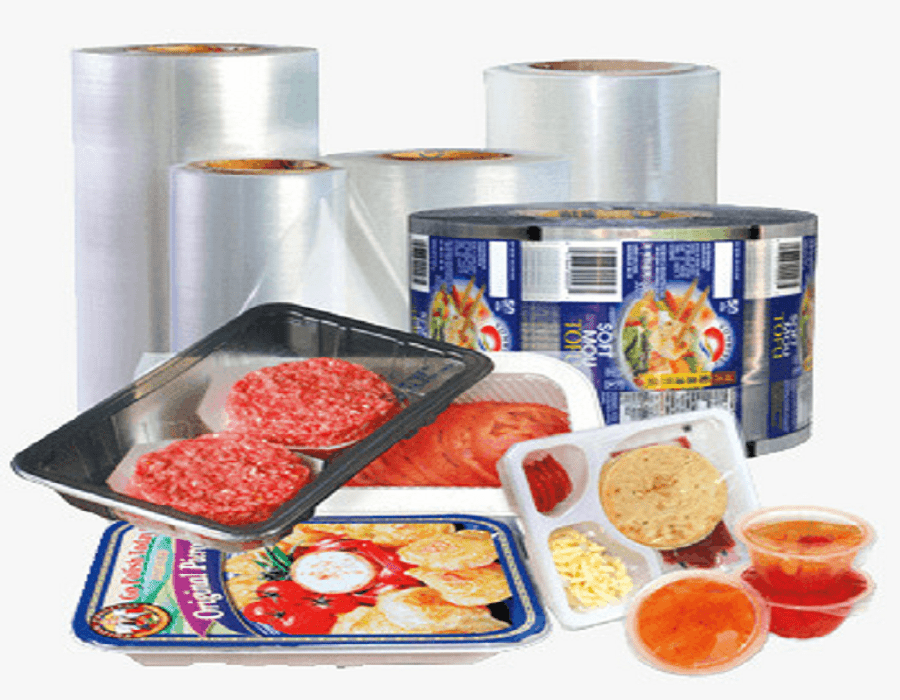Polyacetal Thermoplastic and its Compounds; Properties and Applications

Polyacetal Thermoplastic and its Compounds; Properties and Applications
Today, more than 70% of global POM production capacity is centered in Asia. The production market has been growing approximately 4.5% annually and a total of 1350 kiloton in 2018. The main buyers are the automotive and electronics industries. Polyoxymethylene was discovered by Hermann Staudinger, a German chemist, in 1920. But due to stability and thermal problems, this polymer was not commercialized at that time. This polymer was marketed in 1956 by the American company DuPont as a homopolymer under the brand name Delrin for the first time. Polyacetal is an engineering polymer with a wide range of applications. Polyacetal’s properties are similar to metals. Due to its special fatigue and abrasion properties, Polyacetal as an industrial polymer has been able to fill the vacancies of some metals in various industries, especially automobiles. This polymer has excellent properties that fill the gap between general polymers and metals [1]. Since the introduction of this polymer into the industry, we have seen its wide applications – such as applications in the automotive industry, electrical equipment, construction, electronics, and many other industries.
Properties of Polyacetal (POM)
Polyoxymethylene (POM), polyformaldehyde or acetate, is one of the engineering thermoplastics that have excellent properties. Polyacetal is a crystalline polymer with high performance, excellent friction, abrasion properties, dimensional and chemical stability. All of these make it used widely for the production of automotive slippers in the automotive electronics machinery industry. [2]
Thermo-Physical Properties of Polyacetal [3].

Due to the low temperature, polyaldehydes are generally unstable at ambient and high temperature and easily get de polymerized. For this reason, most polyaldehydes, such as poly (acetaldehyde) and polybutyraldehyde, have little or no commercial use. In this case, formaldehyde is an exception. Its temperature is significantly higher than other polyacetals. The temperature at which polymer is depolymerized can be increased by converting lower stable hydroxyl groups to stable ester groups, for example by reacting with anhydrides. This reaction is called the final blockage or final coating. The stability of polyacetales can also be improved by copolymerization with other monomers. The main method is cyclic copromerization of trioxane (formaldehyde cyclic trimmer) with a small amount of cyclic ether (usually ethylene oxide or 3.1-dioxolan):

Another disadvantage of polyacetal is its poor UV stability. Prolonged UV radiation causes damage and leads to discoloration, brittleness, and loss of strength. To improve the stability of UV rays, amine light stabilizers and UV absorbers are added to the mixture. Some pigments, such as carbon black, also provide some protection against UV rays.POM and its copolymers are often a great choice for applications that required low friction, high impact, and impact resistance. It can be processed with all the common methods used for thermoplastics. It can be economically injected into very complex parts or it can be extruded on rods, tubes, profiles, and sheets. They are often done with cutting tools used for producing machined parts (with high precision)[3].
Applications of Polyoxymethylene (POM)
Polyoxymethylene is ideal for applications which high strength and durability are important. Injectable POM components are used in a wide range of plastic products [4] such as:

Polyoxymethylene (POM), also known as poly (methylene oxide), is a thermoplastic engineering family (ETPs) that has excellent mechanical properties and high chemical resistance. These properties make POM suitable in a wide range of industry sectors (e.g. automotive, machinery, electricity, and electronics). The share of each market is shown in the chart below [5].

Different Grades of Polyacetal in Iran and Other Countries
POM grades are often produced with varying degrees of polymerization, resulting in different properties for responding to applications. The various forms of POM resins are stated below:
1. Standard / unreinforced grades
2. Reinforced grades: Glass fibers, carbon fibers or POM grades reinforced with hollow glass fiber show high tensile strength or stiffness depending on the type and amount of polymer reinforcement.
3. High degree of impact and resistance: The combination of POM resins with rubber, TPU, and other polymers such as POE, etc lead to mixtures with higher impact resistance.
4. High slip/abrasion grade: Modification of POM resins with additives such as graphite, PTFE, mineral fillers, etc. increases the slip resistance properties.
5. UV-stabilized grades: Ultraviolet stabilizers, such as amine barrier light stabilizers and UV absorbers, are often added to POM resins or mixtures to improve UV stability.
6. Nanocomposites: Additives such as CNT, ZnO, etc. are used to produce POM nanocomposites.
7. Other grades: Adding Al or bronze powder increases the electrical conductivity or thermal distortion point of POM resins. Fluorocarbons lead to good surface slipping in polyacetal and prevent cracking.
Some commercial-grade and POM suppliers

Fiberglass Reinforced Polyacetal: [6]

An Overview of the Future
Polyoxymethylene is a polymer that its properties depend on many factors during the production, processing, and production of final goods. Expanding knowledge about the effects of production conditions on product characteristics improves the mechanical and chemical properties of the polymer significantly. Using better stabilizers and formaldehyde adsorbents is effective in improving the functional properties of the polymer as well as increasing the service life of the products. Improvement of the mechanical properties of the polymer is so important in development. It will most likely be possible through the preparation of composites, including nanocomposites that show better strength. [5]
منابع
[1] https://en.kunststoffe.de/a/specialistarticle/polyoxymethylene-pom-245435
[2] Pielichowska, K. (2015). Preparation and characterization of polyoxymethylene nanocomposites. In Manufacturing of nanocomposites with engineering plastics (pp. 103-125). Wood head Publishing
[3]https://polymerdatabase.com
[4] https://www.retlawindustries.com
[5] Tokarz, L., Pawlowski, S., & Kedzierski, M. (2014). Polyoxymethylene Applications. Polyoxymethylene handbook: structure, properties, applications and their nanocomposites, 153 -161.
[6] https://omnexus.specialchem.com



